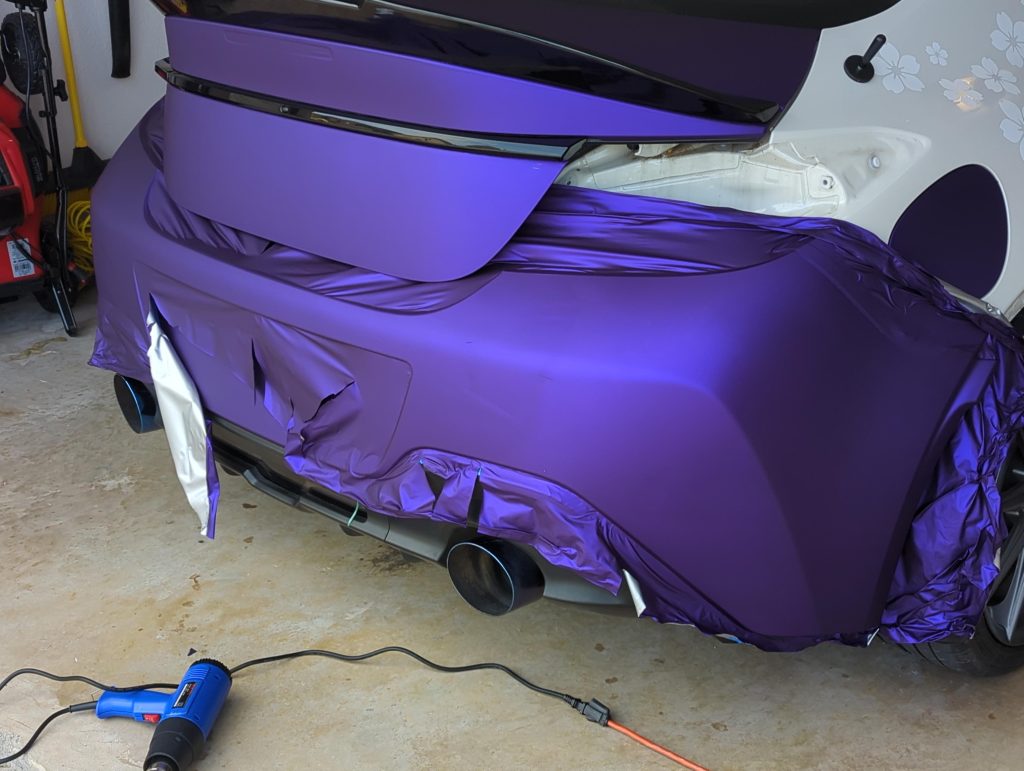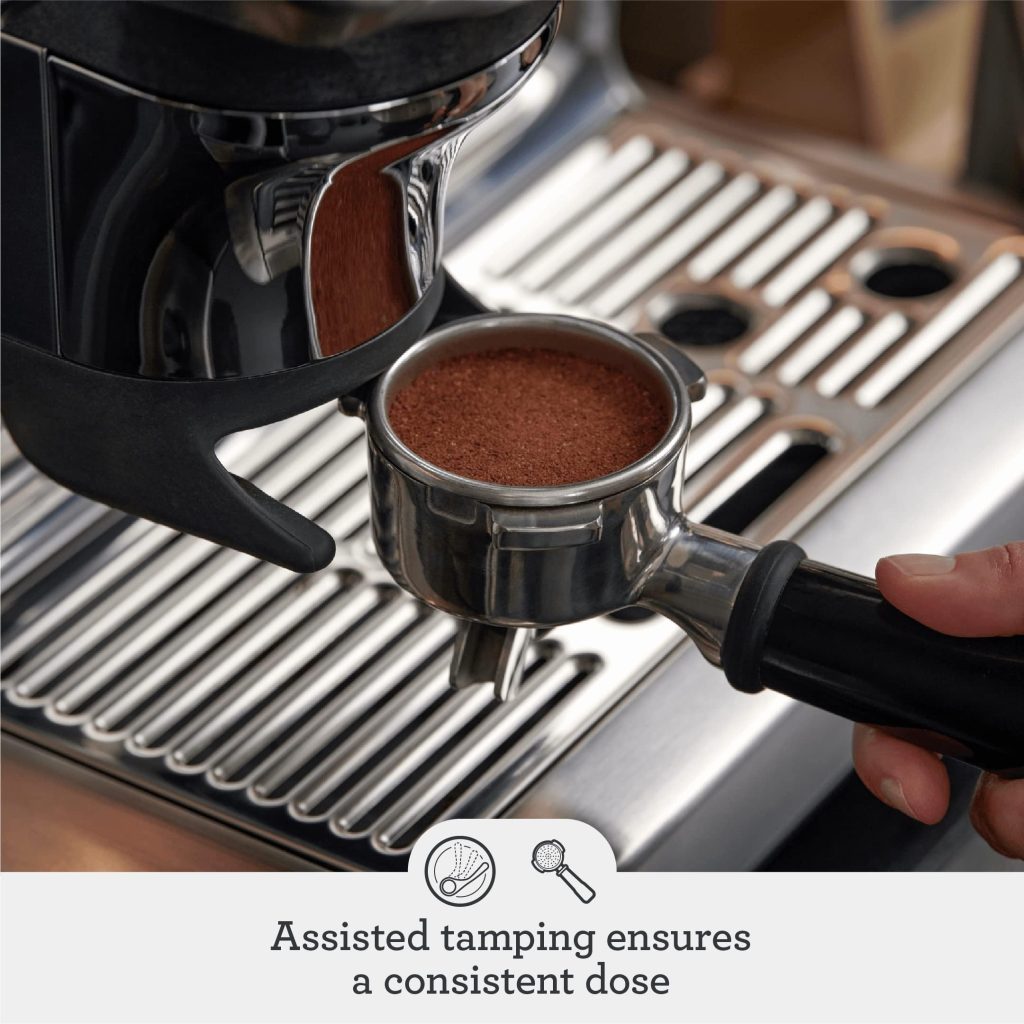Caring for replica watches requires a balance of regular maintenance and attention to detail to keep them in top condition. Even though they are not the same as high-end, luxury timepieces, replica watches can still offer aesthetic appeal and functional value when properly cared for. Here are some essential tips to help you maintain and care for your replica watch – Dirt, dust, and oils from your skin can accumulate on the watch over time, particularly on the band and around the case. Regular cleaning helps maintain the look and function of the watch. Use a soft, lint-free cloth to gently wipe the surface of the watch. For metal bands, you can use a mild soap solution and a soft brush to clean between the links. However, it is important to avoid soaking the watch unless it is specifically designed to be waterproof. For leather bands, a gentle leather cleaner should be used to preserve the material.

While some replica watches claim to be water-resistant, it is best to avoid exposing them to water unless they come with specific guarantees about their waterproof capabilities. Water exposure can cause damage to the internal components of a replica watch, especially if the sealing is not as tight as a genuine high-end model. Avoid wearing your watch while swimming, bathing, or washing dishes. If the watch does get wet, dry it immediately with a soft, absorbent cloth. Extreme heat and cold can cause issues with a watch’s mechanics and accuracy. Prolonged exposure to high temperatures can cause the internal lubricants to dry out, leading to malfunctions. Cold temperatures, on the other hand, may cause the watch to slow down or the battery to drain more quickly. Therefore, try to keep your replica watch in moderate temperature environments, avoiding direct sunlight or prolonged exposure to very cold conditions. Magnetic fields can affect the accuracy of a watch by interfering with its movement.
While high-end watches often come with anti-magnetic protection, many replica watches do not offer this feature. Avoid placing your watch near magnets, electronics, or appliances that generate strong magnetic fields. Keeping it away from items such as speakers, phones, and refrigerators will help preserve the accuracy of the timepiece. When not wearing your replica watch, proper storage is essential to prevent damage and extend its lifespan. If your replica watch is automatic, storing it on a watch winder can help maintain the movement’s accuracy. For quartz watches, be sure to remove the battery if you plan to store the watch for a long period, as old batteries can leak and damage the internal components. Even though replica watches are not as costly as genuine luxury watches, they still require regular maintenance to function correctly. This is especially important if Luxe Replica Watches has automatic or mechanical movement, as these types of watches require periodic adjustments and lubrication.

 This emotional engagement is something that digital formats struggle to achieve to the same degree, as they often lack the immersive qualities of television. In addition to emotional engagement, TV advertising provides a sense of credibility and authority. Being featured on television can lend a brand a level of prestige that other advertising mediums may not provide. Consumers often associate TV advertising with established and trustworthy companies, thus enhancing the brand’s reputation. This perception can be particularly valuable for startups or emerging brands looking to gain consumer trust quickly. Furthermore, advertisements aired during popular shows or events can benefit from the halo effect, where the positive feelings associated with the programming transfer to the brand being advertised. Another crucial aspect of
This emotional engagement is something that digital formats struggle to achieve to the same degree, as they often lack the immersive qualities of television. In addition to emotional engagement, TV advertising provides a sense of credibility and authority. Being featured on television can lend a brand a level of prestige that other advertising mediums may not provide. Consumers often associate TV advertising with established and trustworthy companies, thus enhancing the brand’s reputation. This perception can be particularly valuable for startups or emerging brands looking to gain consumer trust quickly. Furthermore, advertisements aired during popular shows or events can benefit from the halo effect, where the positive feelings associated with the programming transfer to the brand being advertised. Another crucial aspect of 



